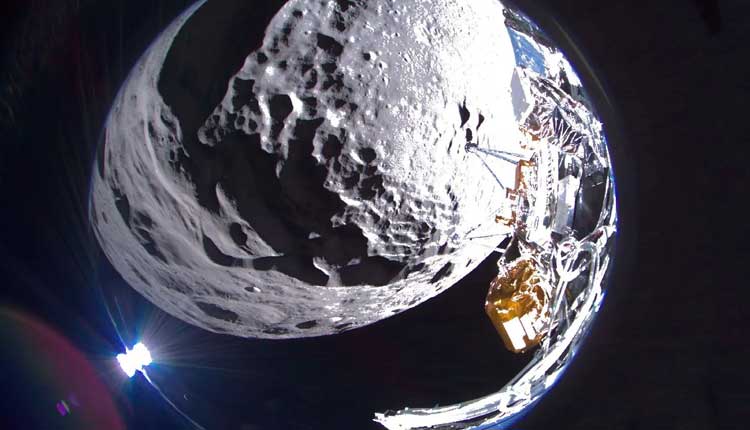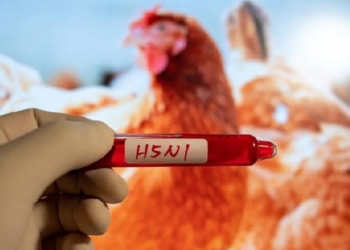Washington: As the world celebrates the return of the US on the Moon after more than 50 years, space agency NASA is elated that its science instruments and technology demonstrations are working fine on the lunar surface.
Intuitive Machines’ Nova-C lander, called Odysseus, is healthy, collecting solar power and transmitting data back to the company’s mission control in Houston in the US.
Carrying six NASA science research and technology demonstrations, Odysseus’ surface operations are underway and expected to take place through February 29.
Now that they are on the lunar surface, NASA instruments will focus on investigating lunar surface interactions and radio astronomy.
‘Lunar Node 1 Navigation Demonstrator’ is a small, CubeSat-sized experiment that will demonstrate autonomous navigation that could be used by future landers, surface infrastructure, and astronauts, digitally confirming their positions on the Moon relative to other spacecraft, ground stations, or rovers on the move.
‘Laser Retroreflector Array’ is a collection of eight retroreflectors that enable precision laser ranging, which is a measurement of the distance between the orbiting or landing spacecraft to the reflector on the lander. The array is a passive optical instrument and will function as a permanent location marker on the Moon for decades to come.
The ‘Radio Frequency Mass Gauge’ is a technology demonstration that measures the amount of propellant in spacecraft tanks in a low-gravity space environment.
Using sensor technology, the gauge will measure the amount of cryogenic propellant in Nova-C’s fuel and oxidiser tanks, providing data that could help predict fuel usage on future missions, said NASA.
The ‘Radio-wave Observations at the Lunar Surface of the Photoelectron Sheath’ instrument will observe the Moon’s surface environment in radio frequencies, to determine how natural and human-generated activity near the surface interacts with and could interfere with science conducted there.
Another NASA instrument, ‘Stereo Cameras for Lunar Plume-Surface Studies’ is a suite of four tiny cameras to capture imagery showing how the Moon’s surface changes from interactions with the spacecraft’s engine plume during and after descent.
As part of NASA’s Artemis campaign, the lunar delivery is in the region where NASA will send astronauts to search for water and other lunar resources later this decade.
(IANS)
















